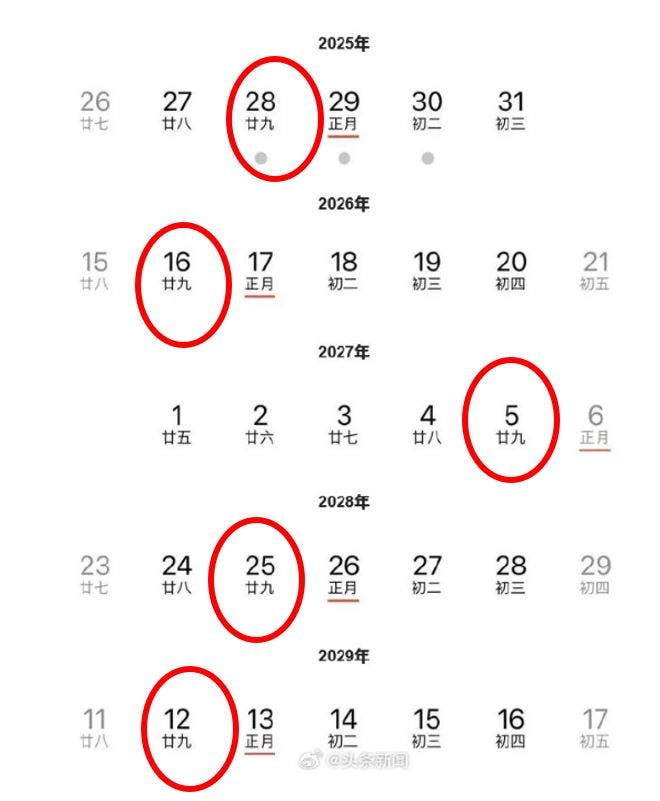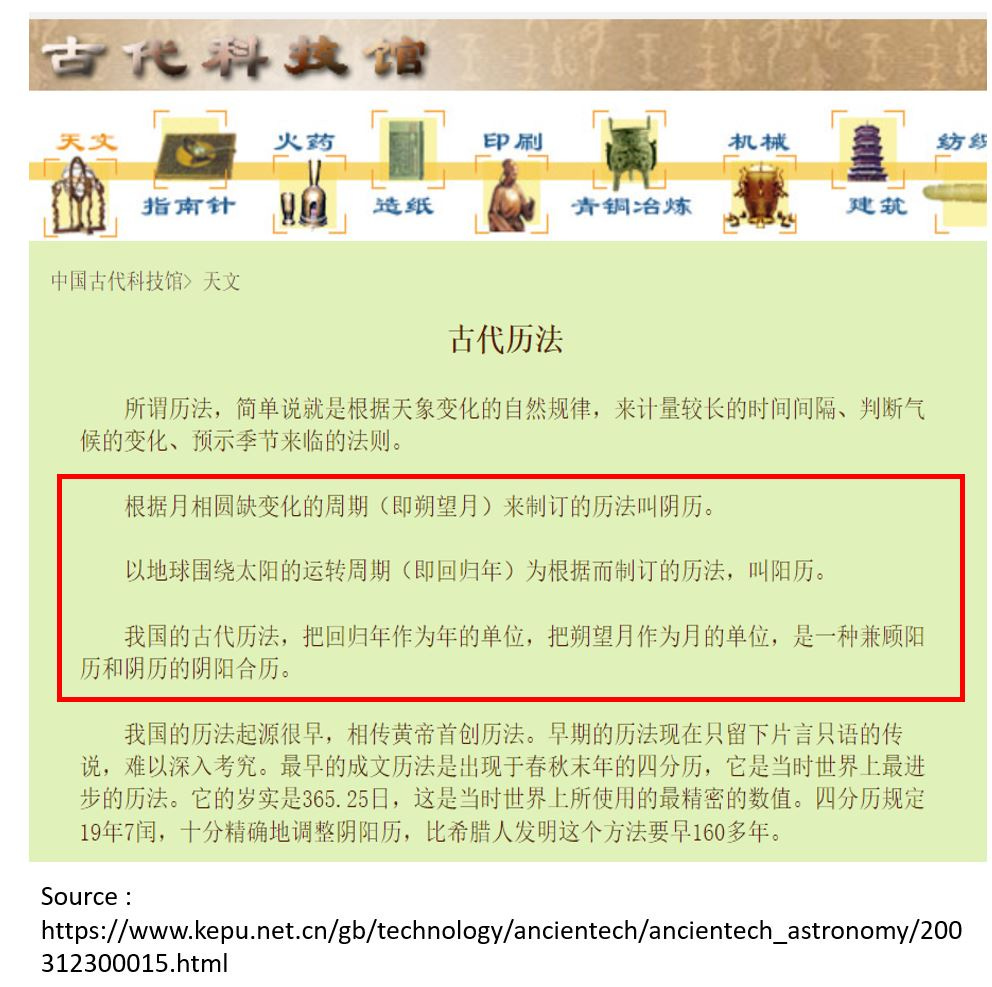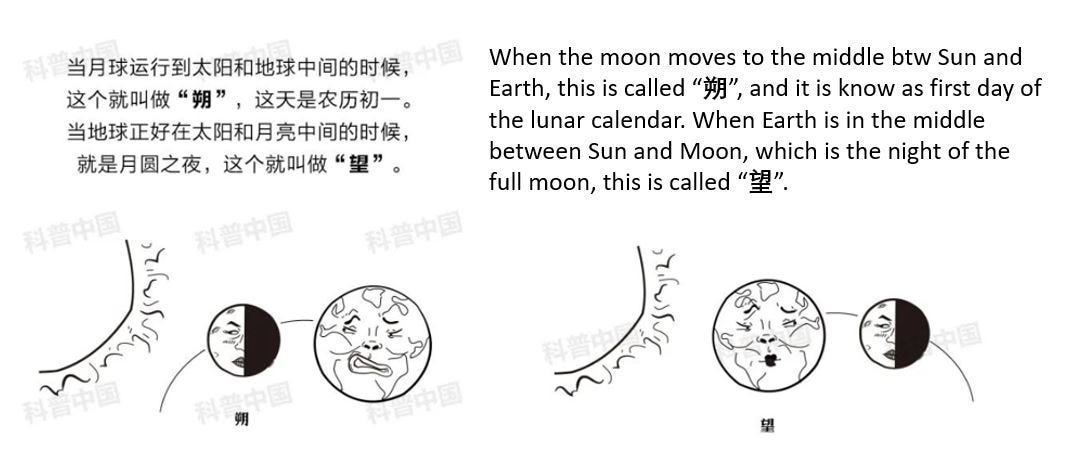#72 𝖂𝖍𝖊𝖓 𝖙𝖍𝖊 𝖘𝖚𝖓 𝖒𝖊𝖊𝖙𝖘 𝖙𝖍𝖊 𝖒𝖔𝖔𝖓...
With "Chinese New Year" descending upon us soon, let us examine whether "Lunar New Year" is an appropriate name for it.
Recently United Nations has added "Lunar New Year" (LNY) to its holiday list for staff, and I have seen some mumblings on Chinese social media that LNY is an erroneous translation of the new year festival celebrated by the Chinese over a few thousand years.
Technically, it is not correct to say that Chinese New Year (CNY) is based on lunar calendar per se because the traditional Chinese calendar is lunisolar calendar (阴阳历). We have learnt during our science lesson in school that the no. of days in lunar cycle falls short of solar cycle, and that is why you find that from 2025 to 2029 (see above), the Chinese New Year's eve actually falls on day 29 of the last month of the preceding year, not day 30.
The Chinese Academy of Sciences 中国科学院 has a good article on the ancient calendar (see above) and I will just do a selective translation here:
⭐根据月相圆缺变化的周期(即朔望月)来制订的历法叫阴历
A calendar that is based on the cycle of the moon's phases (i.e. 朔望月shuòwàngyuè , see below for explanation) is called a lunar calendar.
⭐以地球围绕太阳的运转周期(即回归年)为根据而制订的历法,叫阳历。
The calendar that is based on the cycle of the earth's orbit around the sun (i.e. 回归年 lit. year of return which means solar year) is called the solar calendar.
⭐我国的古代历法,把回归年作为年的单位,把朔望月作为月的单位,是一种兼顾阳历和阴历的阴阳合历。
China's ancient calendar, which uses the "year of return" as the unit of the year and the shuòwàngyuè as the unit of the month, is a kind of lunisolar calendar that takes into account both the solar and lunar calendars.
The last part of Pic 2 mentions that the four-section calendar 四分历 that was adopted during the late Spring and Autumn period (abt 770 to 481 BCE) had the solar year measured as 365.25 days, which was very accurate at that time and was more than 160 years earlier than the similar solar cycle measurement adopted by the Greek.
In summary, if you want to focus on the month, then "lunar cycle" is used and that is why the day marked as new year in that cycle is used for celebration. However, a farmer would look at the "solar cycle" given that the inaccuracy of lunar cycle which has approx. 29.5 days as a month and thus would affect when he would plant and harvest the crops for the whole year. Hence we have the 24 solar terms (二十四节气) which is based on the solar cycle of lunisolar calendar which gives rise to a different definition of CNY.
Finally, so how should one translate the new year celebrated by the Chinese based on lunisolar calendar given that countries like Koreas, Vietnam etc celebrate it as well as they had adopted the calendar from ancient Chinese and thus one should not use CNY as a generic term? I am inclined to translate it as "Spring Holiday" (to differentiate from Spring Festival春节 used by China) as the significance of such celebration is that life begins anew given that the debilitating winter is coming to an end with its opposite, the delightful Spring season, is descending upon us.





